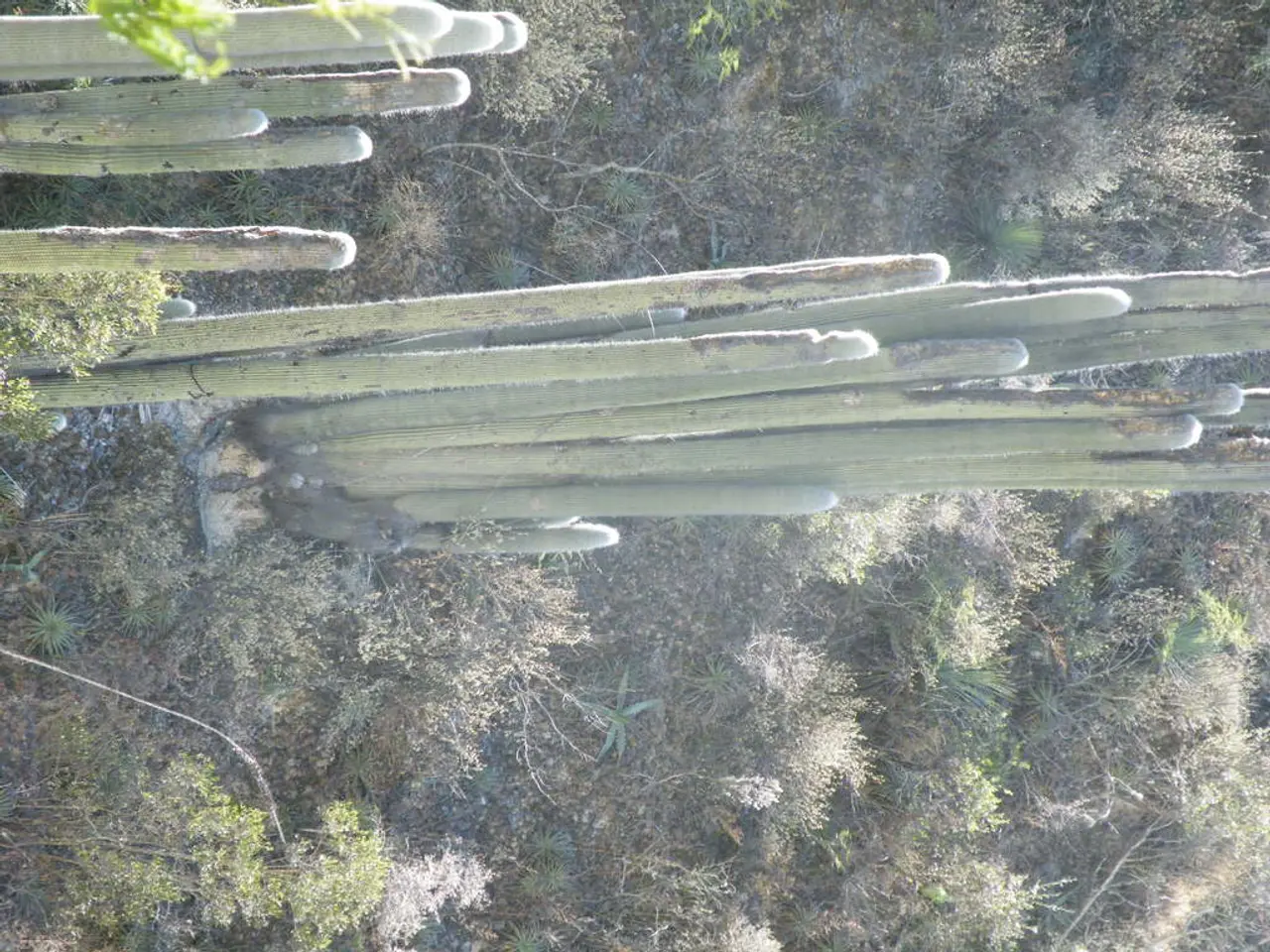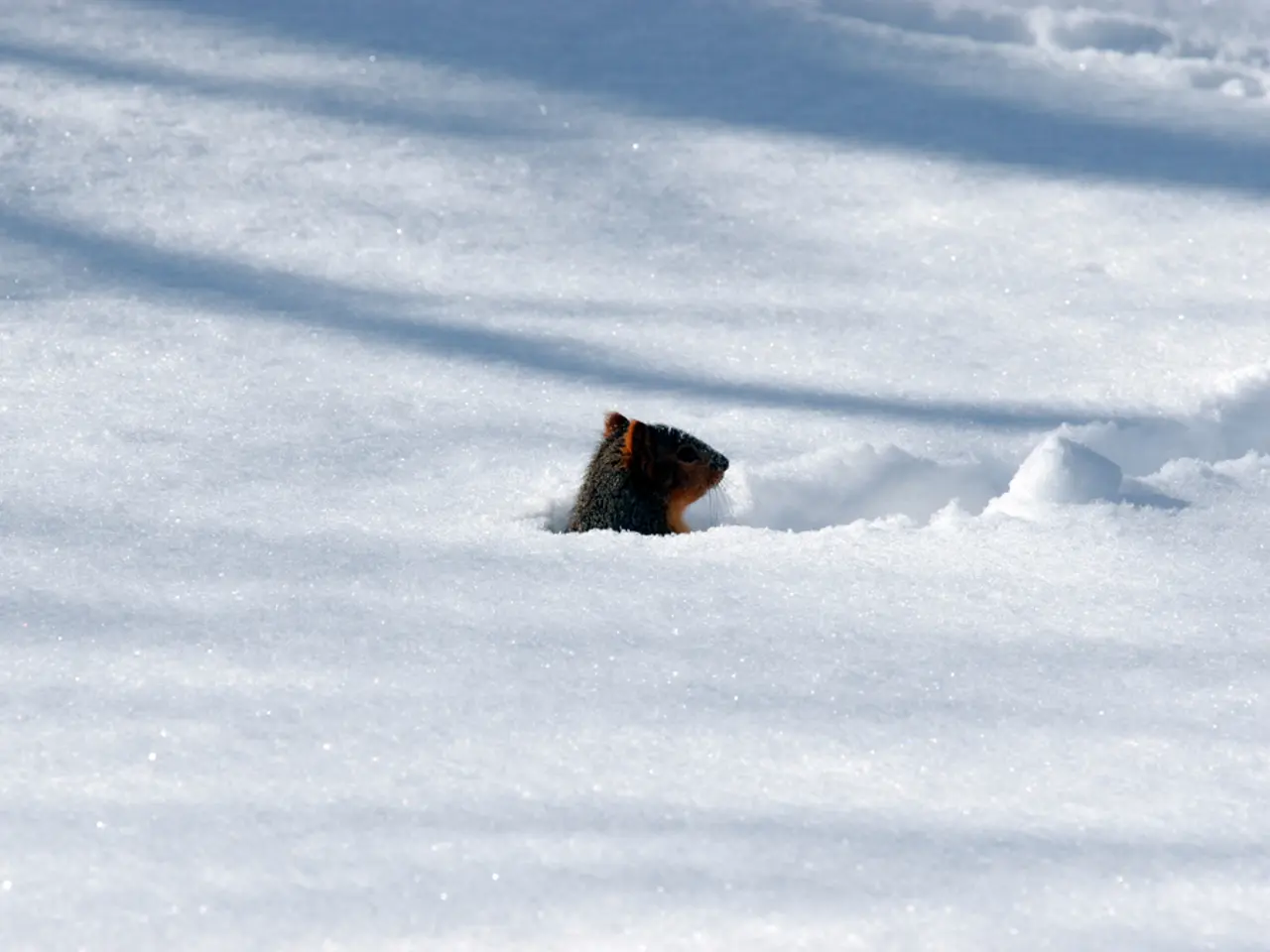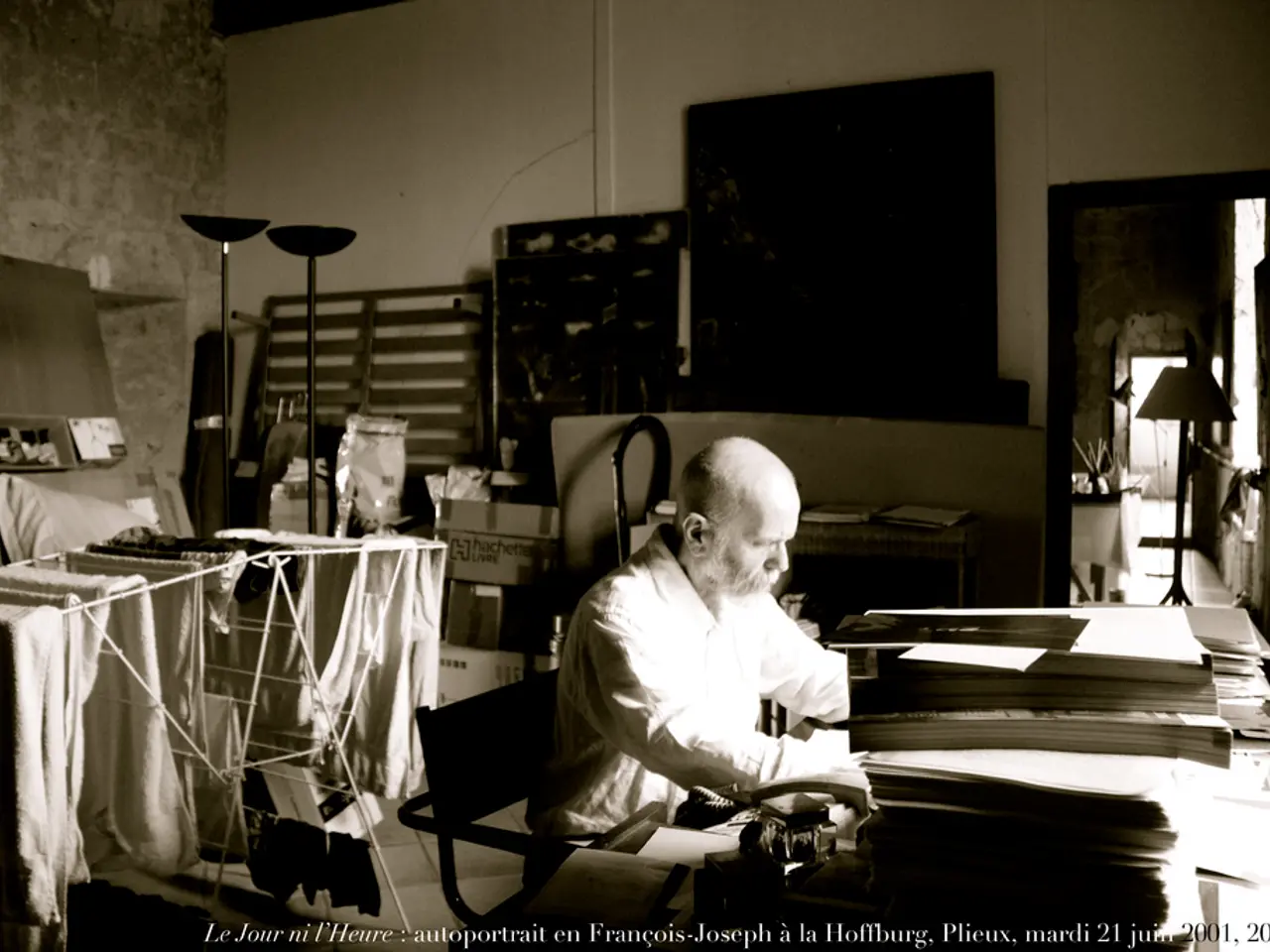Desert Flora's Remarkable Resilience Amidst Tough Ground Conditions
Creating Sustainable Desert Gardens: A Guide to Desert Horticulture
Desert gardening presents a unique challenge, but with the right approach, it can yield beautiful and thriving landscapes. Here are some best practices to help you navigate the desert environment and create a successful garden.
Soil Composition and Drainage
The key to a healthy desert garden lies in the soil. Use well-draining soils typical of desert environments, often sandy or gravelly, to prevent root rot from standing water. Many desert soils include desert pavement (stone/gravel surface) that protects against erosion but signals low fertility; these soils usually need minimal modification but may benefit from added organic matter to improve water retention. Incorporate organic compost or mulch to enhance moisture retention and soil structure without sacrificing drainage. Mulch also reduces evaporation and surface temperature. Avoid dense, compacted soils that create surface crusts and repel water; instead, maintain loose, aerated soil to promote infiltration and root growth.
Soil pH Levels
Desert soils tend to be alkaline (above pH 7). Plants should be chosen that tolerate or thrive in alkaline conditions, reducing the need for costly pH modifications. If pH adjustment is needed, sulfur or organic compost can gradually lower pH to accommodate a broader plant selection, but it’s best to primarily select naturally adapted species.
Watering and Irrigation
Watering deeply but infrequently encourages deep root systems that improve drought resilience. Allow the soil surface to dry between watering sessions. Employ drip irrigation systems to deliver water slowly and directly to the root zone, minimizing evaporation and runoff. Extend watering duration to ensure deep soil moisture penetration. Mulching and soil organic matter incorporation further enhance water conservation.
Recommended Desert Plants
Favor native and drought-tolerant species adapted to local soil and climate. Examples include succulents like agave and yucca, cacti, creosote bush, desert marigold, brittlebush, ghost plant, desert willow, barrel cactus, palo verde, and desert broom. Group plants by similar water and light needs to simplify irrigation and promote healthy growth; place sun-loving plants in full sun spots and shade-tolerant species in cooler, less sunny areas. Native plants typically require fewer soil amendments, lower water input once established, and support local ecosystems, including pollinators.
Additional Practices
Focus on sustainable landscaping that works with natural desert conditions rather than attempting to replicate non-desert soil or moisture environments. This reduces maintenance and conserves water resources. Protect soil against erosion by maintaining vegetation cover and minimizing soil disturbance.
By combining these practices—well-draining, organic-enriched soil, pH-appropriate plant selection, efficient deep irrigation, and drought-tolerant native vegetation—gardeners can create sustainable, thriving desert gardens with low water and maintenance requirements.
Caring for Your Plants
Cacti and succulents require soil designed for cacti or similar plants, or soil mix with added sand, gravel, perlite, or vermiculite for texture and drainage. They require ample space to grow and good airflow. Watering should be done sparingly, and they require at least six hours of direct sunlight each day.
If you notice signs of pests or diseases on your Abelia, consider using organic pest control methods, such as insecticidal soap or neem oil, or consult a gardening expert for advice on appropriate treatments. Fertilize Abelia sparingly, using a balanced fertilizer designed for acid-loving plants. Avoid using high-nitrogen fertilizers, as they can promote excessive foliage growth at the expense of flower production. Prune Abelia regularly to maintain its shape and encourage new growth. Prune in the spring, after the plant has finished blooming, and remove any dead or dying branches.
When planting in red clay soil, it is important to loosen the soil and mix in organic matter, such as compost or peat moss, to improve drainage and soil structure. Additionally, plant your Abelia in a well-draining potting mix or raised bed, and ensure there are drainage holes to allow excess water to escape.
In conclusion, with the right knowledge and care, desert gardening can be a rewarding and beautiful hobby. By understanding the unique needs of desert plants and implementing best practices for soil composition, watering, and plant selection, you can create a thriving desert oasis.
- By favoring native plants like agave, desert marigold, and creosote bush, which are adapted to the desert's soil and climate, you can create a sustainable desert garden that thrives with minimal watering and maintenance.
- To ensure the success of your home-and-garden project, it's essential to maintain loose, aerated soil for promoting infiltration and root growth, and to use organic matter like compost or mulch to enhance moisture retention while minimizing evaporation and surface temperature.




